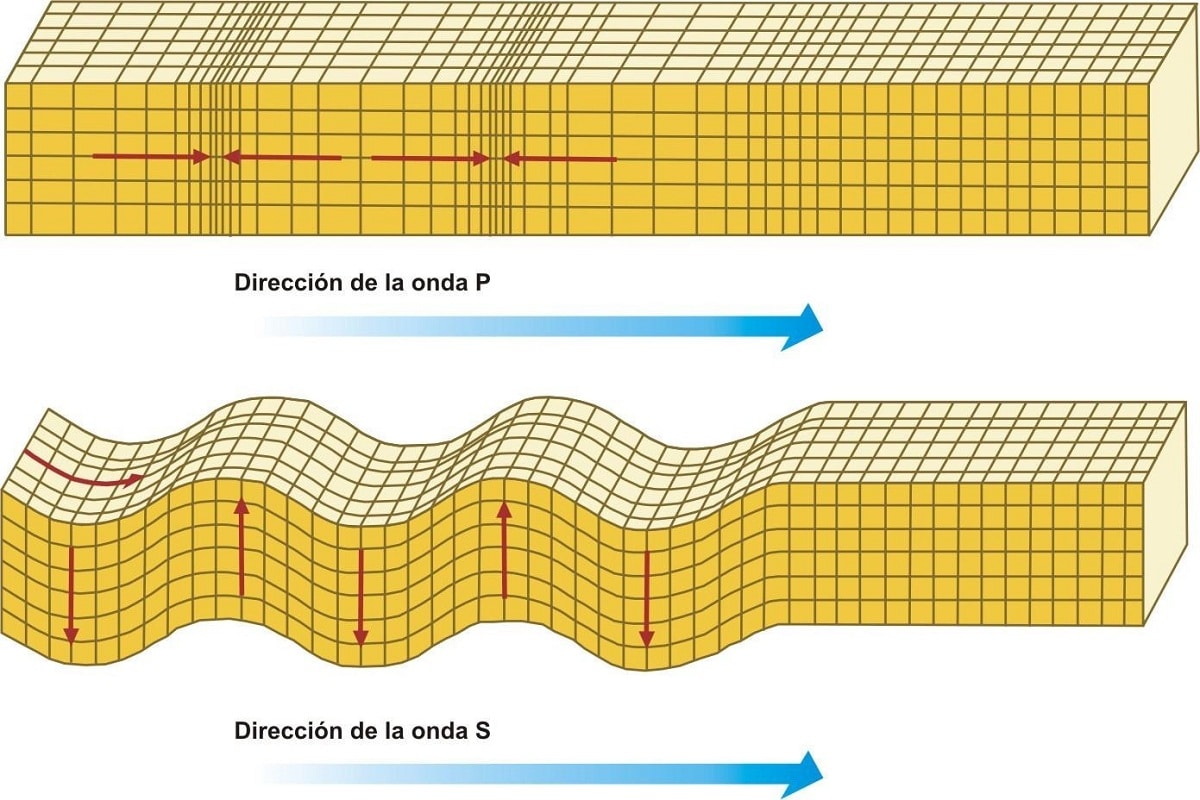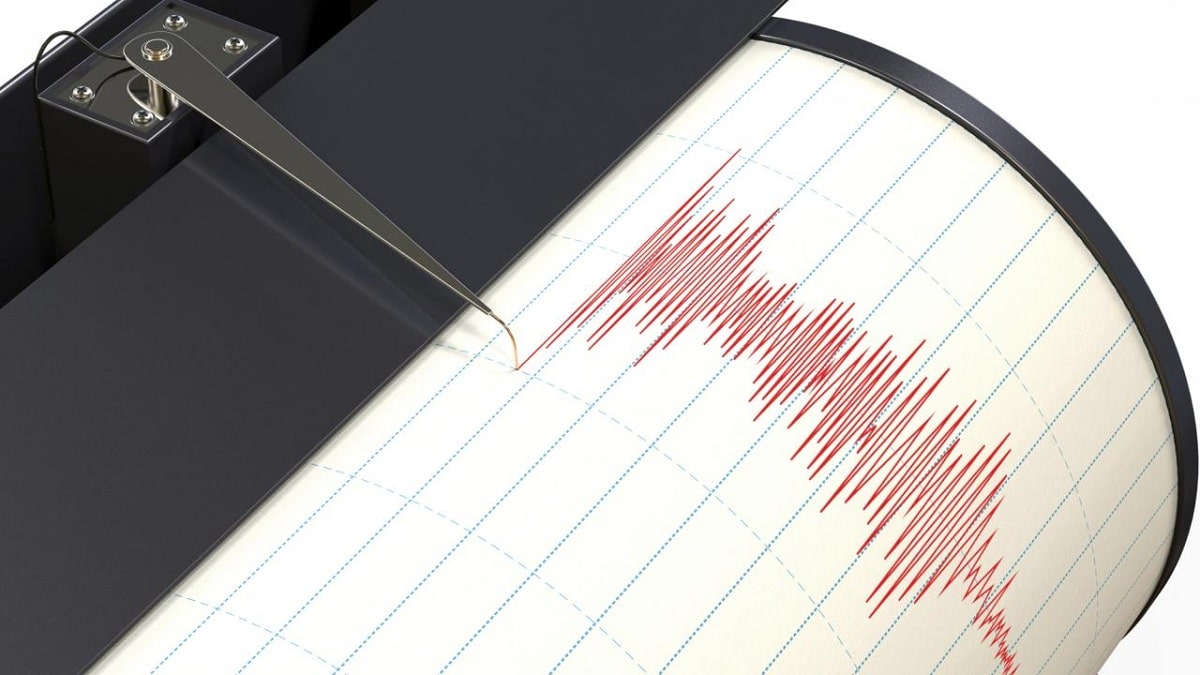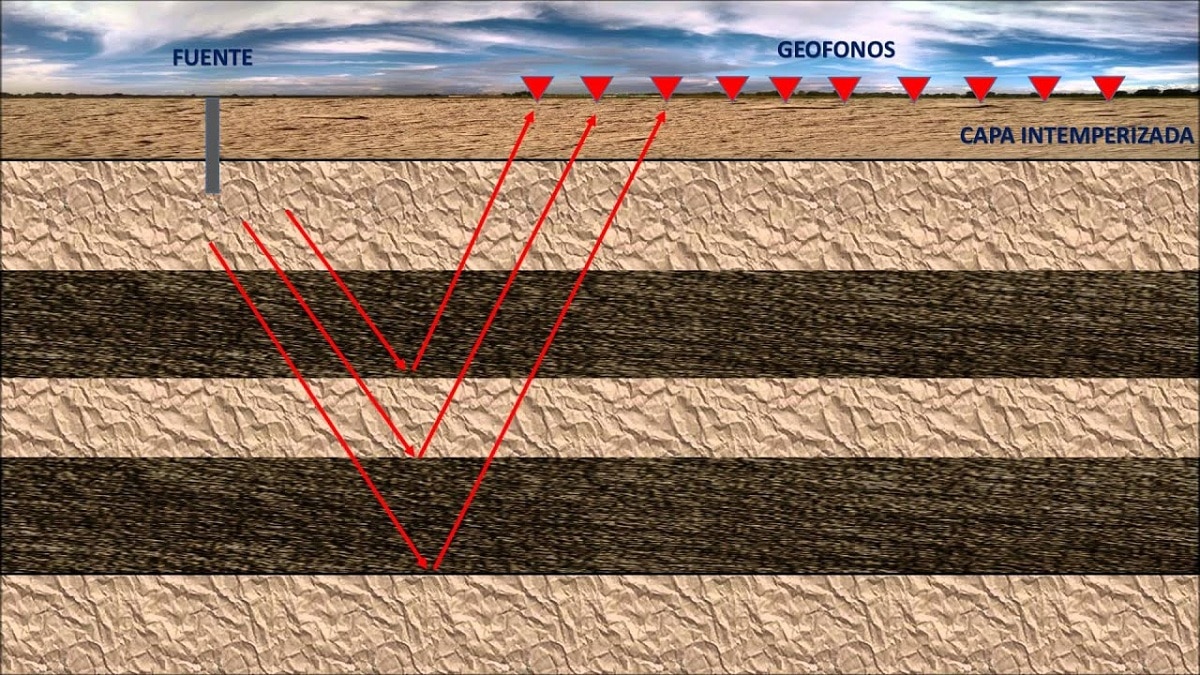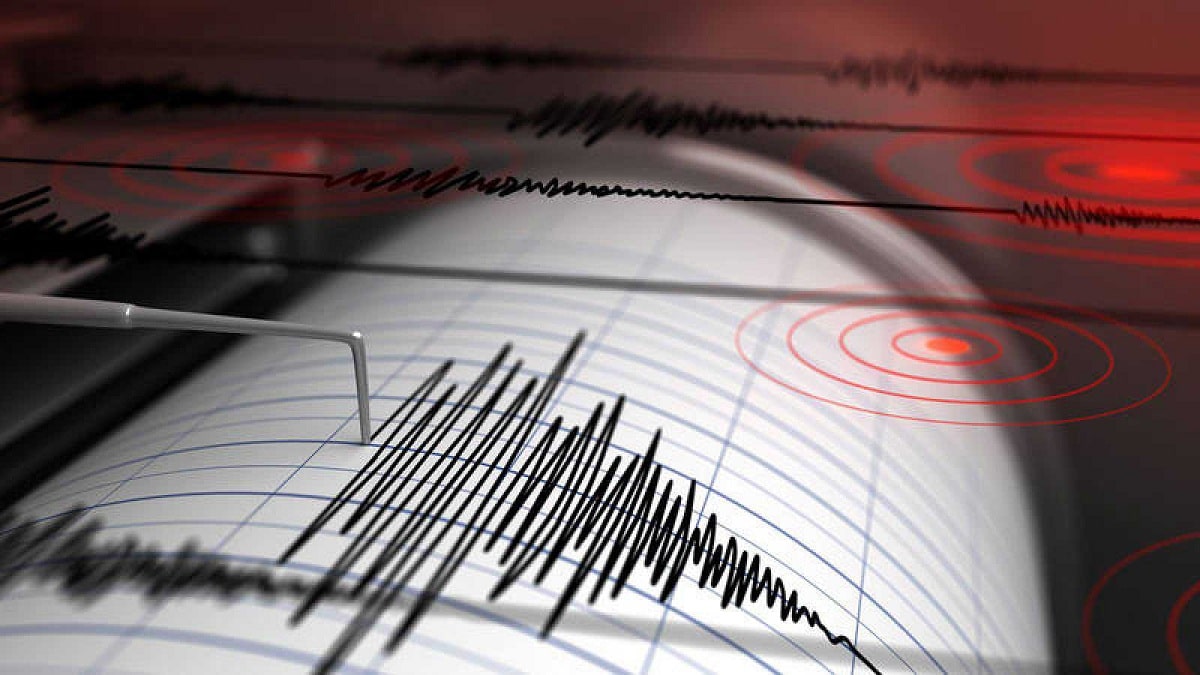
Earthquakes or earthquakes are originated due to the movement of tectonic plates. It is because these plates are in continuous movement and release energy during this movement. Earthquakes can be caused by volcanic eruptions as they are considered a wave of energy of natural origin. What we perceive are the seismic waves that come from the interior of the earth. There are different types of seismic waves and all of them are represented in a seismogram.
In this article we are going to tell you everything you need to know about the different types of seismic waves and their characteristics.
How earthquakes form

The earthquake or itself is a tremor on the surface of the earth that results from the sudden release of energy that comes from the earth's interior. This release of energy comes from the movement of the tectonic plates that release energy during their movement. They can vary in size and intensity. Some earthquakes are so weak that collaboration is not felt. Others, however, They are so violent that they destroy cities.
The set of earthquakes that takes place in a region is known as seismic activity. It refers to the frequency, type and size of earthquakes that have been experienced in this place over a period of time. On the earth's surface these earthquakes manifest themselves by shaking the ground and having a brief displacement.
They tend to occur almost everywhere on the planet, both at the edges of the tectonic plates, or the faults. We know that our planet has 4 main internal layers: inner core, outer core, mantle and crust. The top of the mantle is made up of a rock structure where there are certain convection currents which are those that promote the movement of tectonic plates and, with it, earthquakes.
Seismic waves

As we have mentioned before, the formation of an earthquake is due to the expansion of seismic waves that take place inside the planet. We define seismic waves as a type of elastic wave that occurs in the propagation of temporary alterations in the stress field and that gives rise to slight movements of the tectonic plates. Although we name we have a movement of the tectonic plates as such we must know that this movement is so visible that it is almost imperceptible. And it is that over the years the tectonic plates move at a slower rate than they did millions of years ago. The continents only move an average of 2 centimeters a year. This is barely perceptible to humans.
It should be noted that there are different types of seismic waves that can be produced artificially. For example, humans can create artificial seismic waves through the use of explosives or gas extraction techniques such as fracking.
Types of seismic waves

Let's see what are the main types of seismic waves that exist and their characteristics. We have mentioned before, seismic waves travel from the interior of the earth to the earth's crust. However, all this does not end here.
Internal waves are those that travel inside the earth. We know that the composition of the interior of our planet is quite complex. This information is extracted that there are different types of seismic waves that follow Kurdish paths. It is an effect similar to the one that the refraction of light waves can have.
P waves are those that are defined as waves that occur in highly compressed soils and are waves that are dilated in the direction of propagation. The main characteristic of these seismic waves is that they can move through any material, regardless of the state it is in. On the other hand, we have S waves. This type of wave has a displacement transverse to the direction of propagation. Also, it has a slower speed than P waves, so they appear much later in the field. These waves cannot propagate through fluids.
Seismology is the science that is responsible for studying the occurrence of earthquakes. This is how he studies the temporal spatial distribution, the mechanisms in the focus and the release of energy. The study of the propagation of seismic waves produced by earthquakes notes information about their interior structure, the regions of which they form, and their distribution of density and elastic constants. Thanks to seismic waves it has been possible to obtain a great deal of information about the interior of the earth.
Importance
Thanks to these seismic waves we know that they are produced by earthquakes and are determined by the mechanics of elastic media. This means that its speed depends on the elastic characteristics of the medium where it develops and its distribution can be studied by observing the travel times and amplitudes of these waves. As we have mentioned before, there are two types of seismic waves. They spread at different speeds. The fastest and the first are the P waves. Those called longitudinal waves correspond.
The latter have a lower speed and have a transversal character. They are S waves. The study of these waves is carried out by the laws of reflection and refraction, since our planet is made up of layers that have different materials and composition. The trajectories and arrival time are determined considering the flat layers, each of which has a constant speed or considering the spherical earth.
On the earth's surface and in other discontinuities of the crust, other types of waves are produced which, because they propagate along this surface, are called surface waves. These waves propagate at speeds lower than those of S waves and their magnitude is also lower, since it decreases in depth. There are two types of this type of surface waves: Rayleigh waves and Love waves. The first are of vertical movement and the second are of horizontal movement.
I hope that with this information you can learn more about seismic waves and their characteristics.